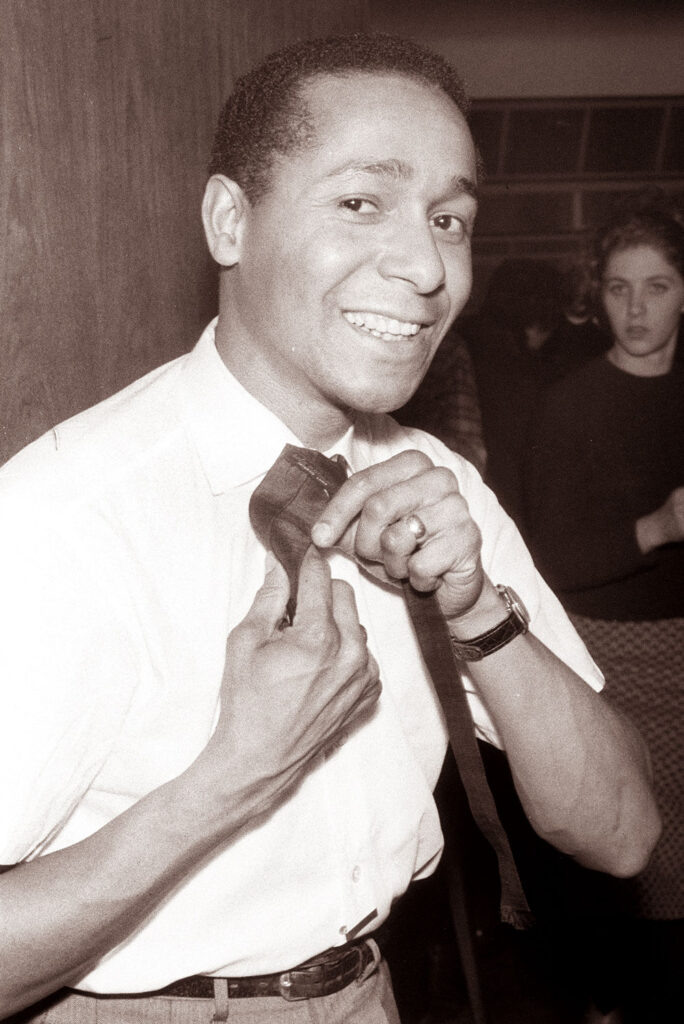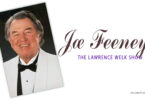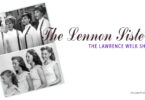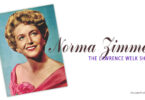Arthur Duncan, born in 1933, is a famous tap dancer who is often called an “entertainer's entertainer.” He is best known for his appearances on The Lawrence Welk Show from 1964 to 1982. He was also on The Betty White Show in 1954, where, despite objections to his presence from some American South television stations, Betty White helped make him the first African American who performed regularly on an American TV show. Arthur has performed globally, with notable appearances at Carnegie Hall and Lincoln Center.
Arthur was born in Pasadena, California, and entered show business when he was thirteen. At that time, he was part of a dance quartet that performed at McKinley Junior High in Pasadena. Initially, Arthur went to Pasadena City College after graduating high school to become a pharmacist. He later dropped out to pursue his show business career full-time.

Not much information is available publicly on Arthur’s childhood or personal life. One of the few things that have made it into public knowledge about him is that he served as a private in the Army in his young adulthood, at the same time that one of his brothers, Wilbur, was serving in the Navy. Arthur also seemed close with his father, James Duncan, Wilbur, and his sister, Savaletta (Duncan) Gordon.
Arthur took dance lessons with Willie Covan and Nick Castle. In interviews, after he became famous, Arthur said that Castle was a huge influence on him and his musical style with his dancing. Arthur’s dancing style was consistent, with a solid grasp of rhythm and a penchant for giving audiences a big finish. He did not often repeat any single dance in public.
Despite his talent and popularity, Arthur was never totally relaxed with his dancing. Though he tried to hide this and was mostly successful, his forearms were often stiff from the elbow while dancing. Only the keenest observer would have noticed this, but Arthur was well aware of it.
Arthur said in interviews that when he started his dancing career, his primary aim was to “please the old-timers.” Because he was an African-American performer at a time when not many were popular with the general American audience, he keenly felt the stress of trying to please his chosen audience. This led to his face often appearing strained when dancing in public. Still, like most African-American performers of the time, he always kept a wide smile on his face, and it would take someone who knew him well to notice the difference.
Before Arthur took his career to television by appearing on The Betty White Show, Arthur toured Europe as a dancer for several years, performing with the Jimmie Rodgers Show in Paris, London, Cairo, Beirut, and Switzerland. He was a well-traveled, well-cultured young man.
When Arthur appeared on The Betty White Show in 1954, the show was local, and Betty, as well as her audience, loved him. He became a regular performer on her show pretty quickly. When the show was broadcast to a national audience for the first time, though, stations in the American south, which was still in the midst of its “Jim Crow” period of racial segregation, threatened not to carry the show if Arthur was on it.
Betty would not fire him and said, “Deal with it” to those stations. She gave Arthur even more airtime on her show. Betty’s show was canceled later that same year in retaliation for her keeping Arthur as a performer on the program.
Arthur did not know about the controversy over his appearance on Betty’s show at the time, thanks to Betty protecting him from it. When he reunited with Betty on a 2018 episode of the Steve Harvey, show Little Big Shots: Forever Young, he told audiences of this and credited Betty with starting his career for him and putting him on the path to success.
In 1957, Arthur toured US military bases with Bob Hope’s troupe as part of the USO. Arthur was the first African American person to be a part of the USO, which, at the time, included one hundred performers. The troupe performed for military personnel during the Korean and Vietnam wars. Arthur later said it was the best thing he could have done to help his country.
After appearing on The Betty White Show and doing the USO tour, Arthur was discovered by Sam Lutz, who was Lawrence Welk’s personal manager. Arthur was offered a guest gig on The Lawrence Welk Show in 1964. Lawrence was so impressed with Arthur that he offered Arthur a permanent spot on the show, which Lawrence called his “musical family.”
Arthur is most famous for this gig on The Lawrence Welk Show. He was a regular on this show from 1964 to 1982. Because Arthur was the first African American regular on an American variety show, as well as the only African American person on Lawrence’s show at all, Arthur took the responsibility of this seriously. He pre-taped his dancing routines on the show, as he said he didn’t want to take chances with making a mistake.
Because Arthur was a tap dancer, the dancing done on Lawrence’s show gave the art of tap its largest exposure to a general audience of the era. This was at a time when not many entertainers were doing tap dancing. Arthur mostly did solo dancing on the show but occasionally danced with male tap dancing partners.
Arthur continued to perform after leaving The Lawrence Welk Show. He even made a few movie and TV show appearances over the years as an actor. Arthur was presented with an honorary Doctor of Performing Arts in American Dance degree from Oklahoma City University in 2008. The Chicago National Association of Dance Masters awarded him their Lifetime Achievement Award in 2011. Arthur was inducted into the International Tap Dance Hall of Fame in 2020. He continues to live in California with his wife.




